3D printing: Ears and noses to be created using human cells
- Published
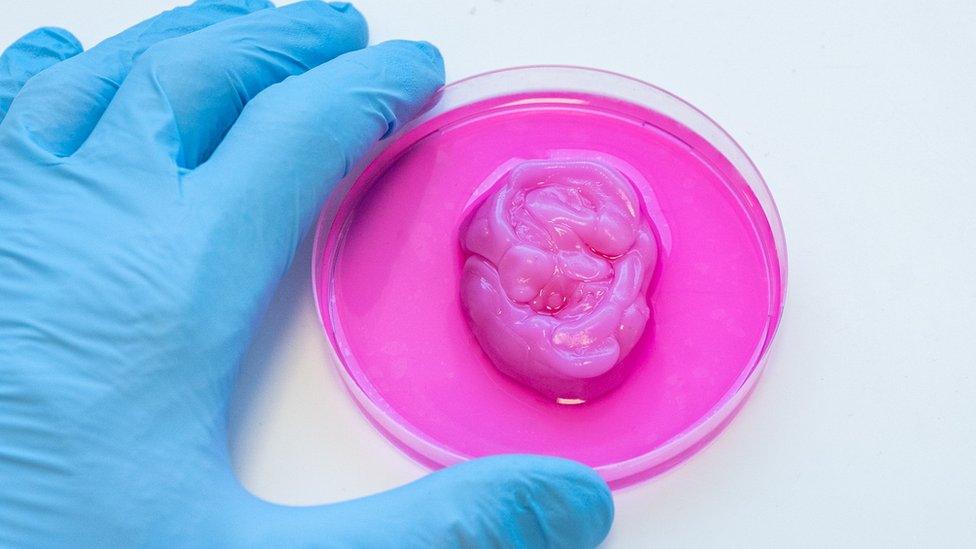
Scientists at Swansea University will use human cells and plant material to 3D-print ear and nose cartilage
Patients in Wales could be among the first in the world to receive pioneering treatment which uses human cells to eliminate facial scarring.
Swansea University's £2.5m study will use the cells and plant-based materials to 3D-print nose and ear cartilage.
If successful, it could be used in the future to treat people born without body parts or who have facial scarring because of burns, trauma or cancer.
Victims of scarring say the development could be life-changing.
Six-year-old Elizabeth visited the world-leading research programme in Swansea alongside Sophie, Countess of Wessex, who is a patron of the Scar Free Foundation.

Elizabeth, six, lost some of her fingers and an ear during a fire when she was six months old
Elizabeth, from Birmingham, suffered severe burns in a fire when she was six months old. She lost some of her fingers and an ear, and her painful scarring requires daily treatment.
"Sometimes I find it hard to open things," she said, adding she found the new research "exciting".
Her father Liam said the work being done was "incredible".
He said: "The 3D printing we're particularly interested in. Elizabeth lost an ear in the fire, so if one was eventually able to be printed using her own cells that would be amazing.
"A lot of the work they're doing in this lab we're hoping will benefit children like Elizabeth so they don't have to deal with the physical and mental impact of scars."
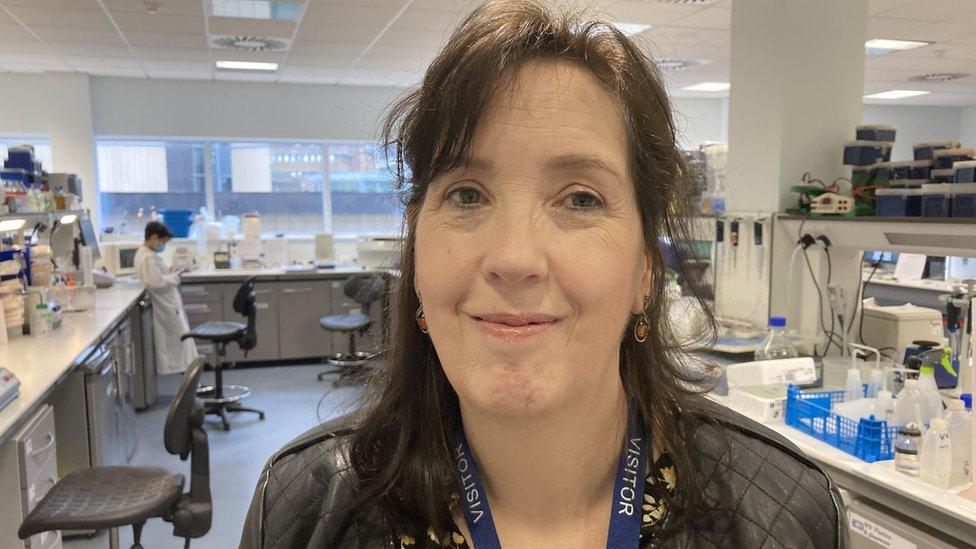
Tina Morgan had to have part of her left ear removed because of skin cancer
Tina Morgan, from Merthyr Tydfil, was diagnosed with skin cancer on her left ear in 2010.
Surgery to remove the cancer was successful, but it meant she only has the lobe remaining.
Currently, nose and ear rebuilding is done by carving parts of the rib and inserting it under the skin, but this can be painful and lead to scarring.
Mrs Morgan said she would like to have something to replace the part of the ear she lost, and has previously looked at treatment to reconstruct her ear.
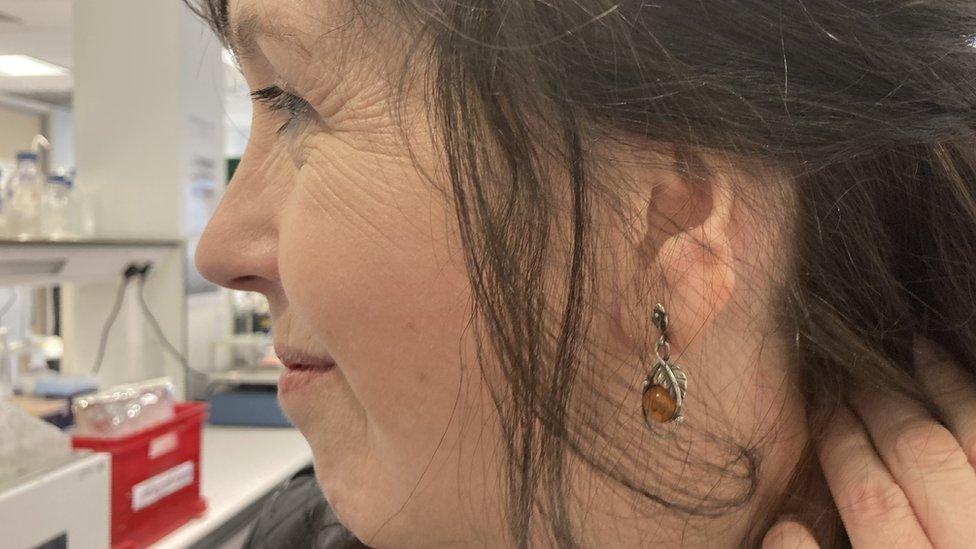
Mrs Morgan only has the lobe remaining on her left ear, and says the treatment could change her life
"I didn't really want to have an operation and have any of my rib removed though," she said.
"So when I saw the research taking place in Swansea I thought it seemed a more feasible way to help not only me, but other people who are living every day with severe facial scarring. This could change our lives."
Part of the research, funded by The Scar Free Foundation and Health and Care Research Wales, involves the world's largest study of how facial scarring impacts mental health.
The research is being led by Prof Iain Whitaker, who said this was the largest group of its kind in the UK, and possibly Europe.
The project will include scientific studies to determine the ideal combination of cells to grow new cartilage which will lead to human clinical trials for facial reconstruction.
He said using printers would also make operations shorter, improving the experience of patients and lowering costs, adding he hoped clinical trials could be held in Swansea in the "next two to five years".
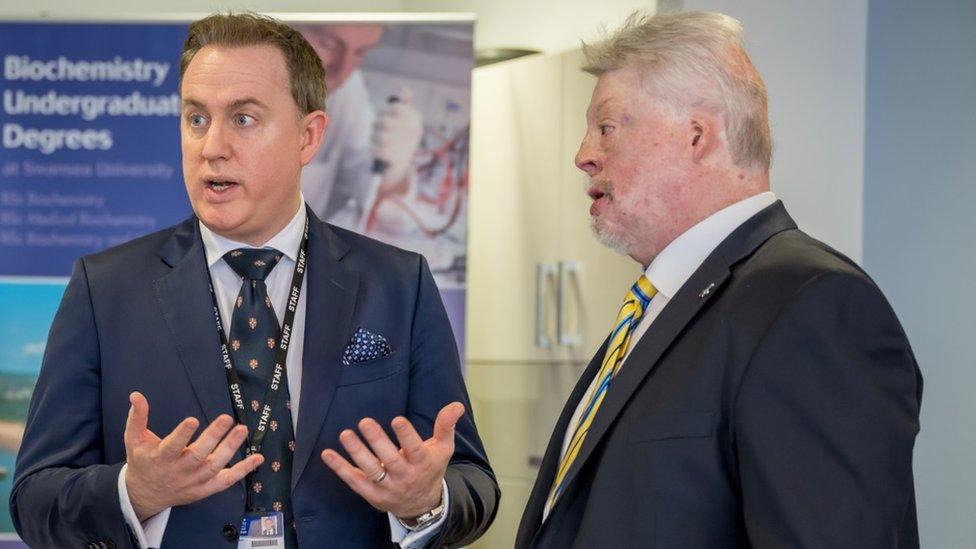
Prof Iain Whitaker (left) is leading the research, which Simon Weston CBE (right) says could change people's lives
"I'm hopeful that Wales will be amongst the first in the world for patients to benefit from this technology," Prof Whitaker added.
Simon Weston CBE has scars over 85-90% of his body after a bomb hit the ship he was serving on during the Falkland's War.
"The opportunity to rebuild the confidence of people who have facial and body disfigurements is immense," said Mr Weston, who is lead ambassador for The Scar Free Foundation.
"You can't change what happens to people but through this research and development, you can change what their future can look like."

PEOPLE THOUGHT OF AS BITS OF AN ALGORITHM: Life and death in the warehouse
LOVE LETTER TO WRESTLING: The best there is, the best there was, the best there ever will be

- Published15 July 2021
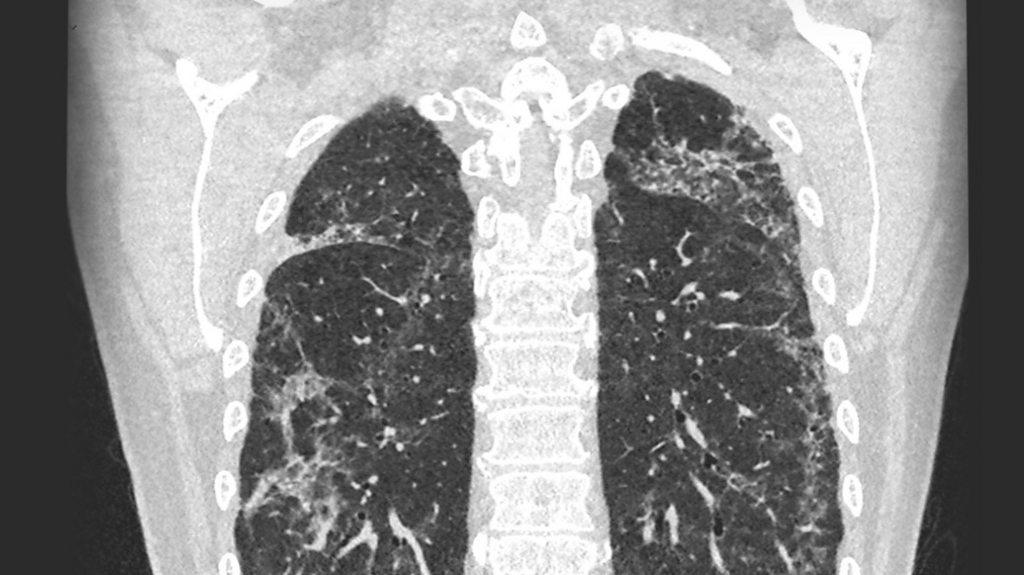
- Published10 June 2021
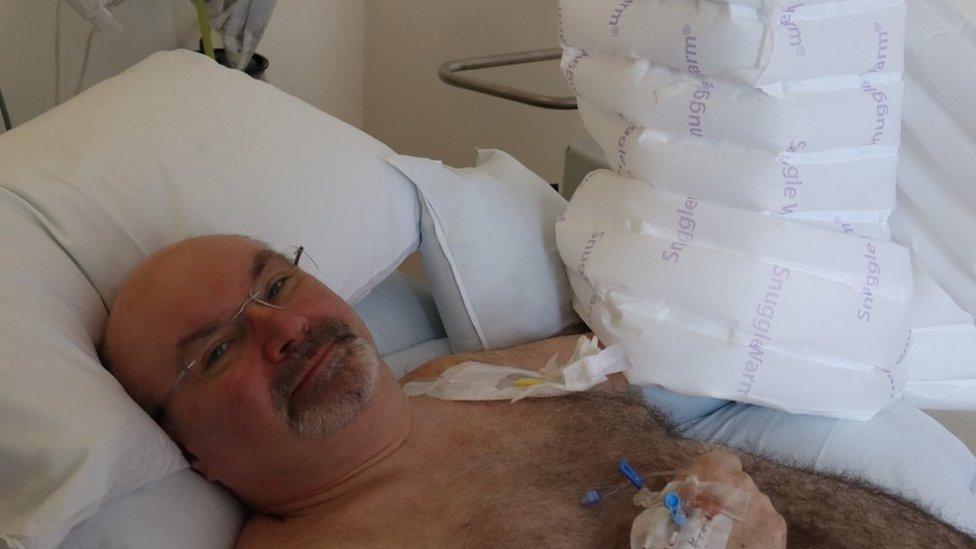
- Published26 November 2020
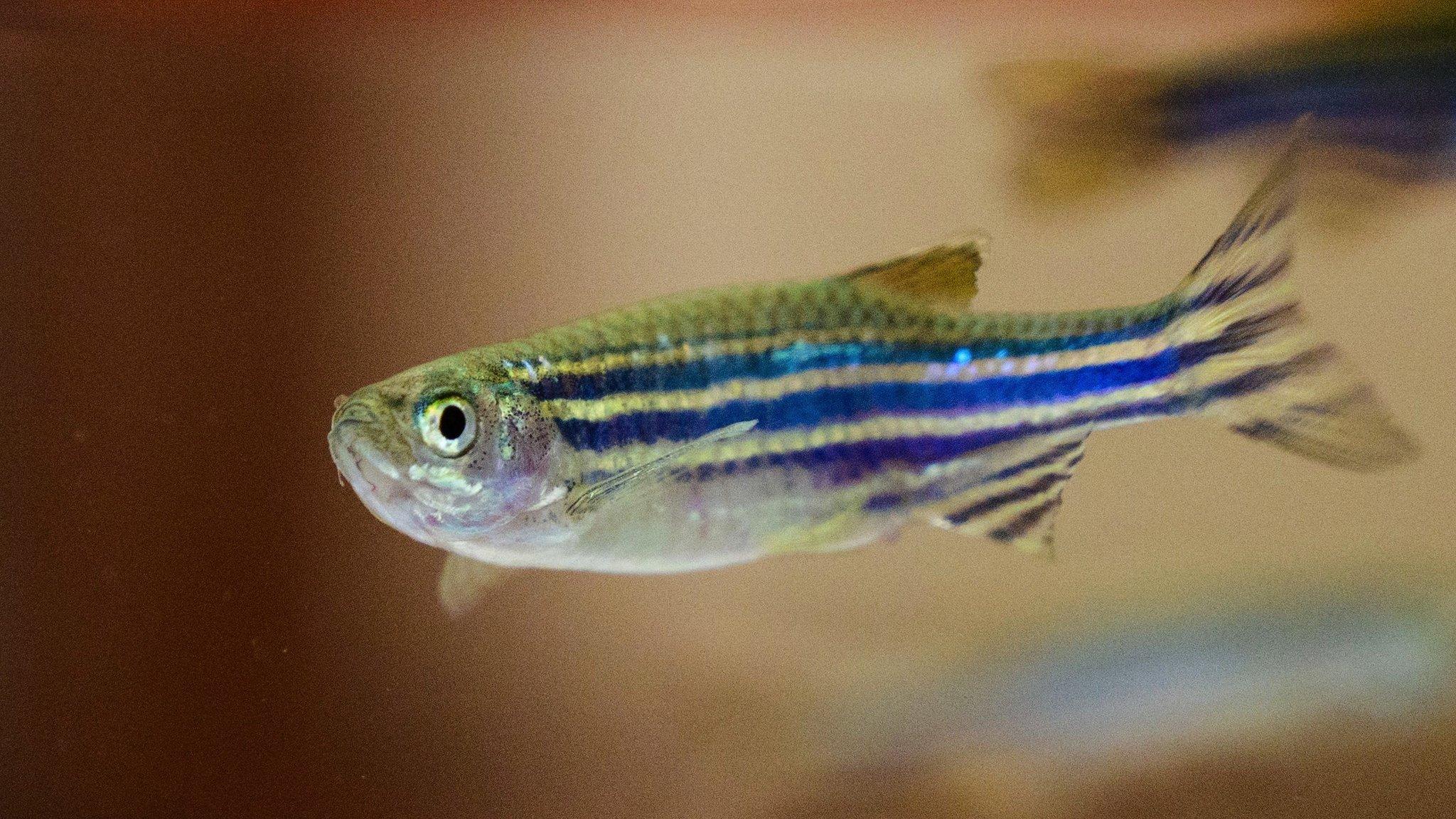
- Published13 March 2014
